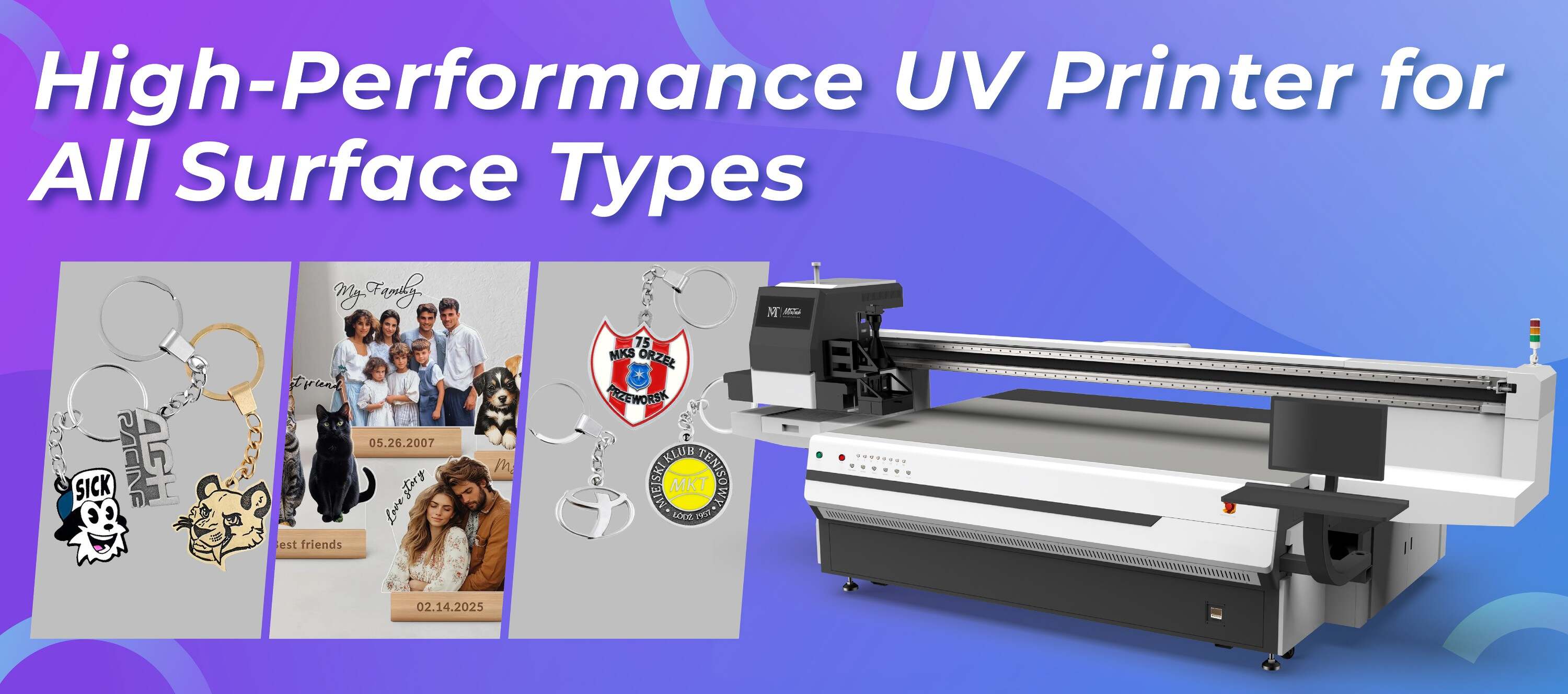Exploring Open Source vs. Proprietary Visual Positioning Tools
Introduction
In the dynamic world of visual positioning technologies, industries are becoming increasingly reliant on tools that enhance precision, reduce errors, and improve efficiency. Visual positioning tools play a critical role in various applications such as manufacturing, electronics assembly, and many more. The debate surrounding open source and proprietary software solutions is ongoing, with each offering distinct advantages and potential drawbacks. In this blog, we’ll explore the key differences, benefits, and features of open source vs. proprietary visual positioning tools.
What Are Visual Positioning Tools?
Visual positioning tools utilize imaging techniques to determine the precise location and orientation of objects. These tools are essential in environments where accuracy and speed are paramount, such as in automated production lines or robotic applications. They use cameras and sophisticated algorithms to analyze the visual information and make real-time adjustments to processes.
Open Source Visual Positioning Tools
Definition and Characteristics
Open source visual positioning tools are software solutions whose source code is freely available for anyone to use, modify, and distribute. This collaborative model fosters innovation, allowing developers and users to enhance the software. Key characteristics include:
Community Support: Open source projects typically have active communities that provide support and share knowledge.
Flexibility: Users can customize the tool to meet specific needs or integrate it with other systems.
No Licensing Fees: Most open source tools do not require costly licenses, making them cost-effective.
Popular Open Source Visual Positioning Tools
Several open source visual positioning tools have gained popularity due to their robustness and capabilities. Examples include:
OpenCV: A widely used computer vision library that provides a range of functionalities for visual recognition and position tracking.
ROS (Robot Operating System): An open source framework that provides tools and libraries to help with robotic applications, including visual positioning.
Benefits of Open Source Visual Positioning Tools
Utilizing open source visual positioning tools offers numerous advantages:
Cost Savings: Eliminating licensing fees reduces overall project costs.
Collaborative Development: Open source tools benefit from continuous improvements and updates from the community.
Customizability: Users can adapt the software as per their specific needs, enhancing efficiency.
Proprietary Visual Positioning Tools
Definition and Characteristics
Proprietary visual positioning tools are software solutions developed by organizations that retain exclusive rights to modify and distribute the product. These tools usually come with a set of features tailored to specific industries or applications. Key characteristics include:
Dedicated Support: Proprietary software often includes professional support from the vendor.
Guaranteed Performance: Users can expect consistent performance since updates and security patches are managed by the vendor.
User-Friendly Interfaces: Proprietary tools typically focus on user experience, making them easier to learn and use.
Popular Proprietary Visual Positioning Tools
Some renowned proprietary visual positioning tools include:
Matrox Imaging: Known for advanced imaging and visual processing capabilities tailored for industrial applications.
ABB RobotStudio: A powerful simulation and offline programming tool for ABB robots.
Benefits of Proprietary Visual Positioning Tools
Choosing proprietary visual positioning tools can offer several benefits:
Comprehensive Support: Companies provide technical support which can be crucial for troubleshooting.
Advanced Features: Proprietary tools may offer cutting-edge technologies that are continuously refined by their developers.
Integrated Solutions: Many proprietary tools come with a suite of features, streamlining operational processes.
Key Differences Between Open Source and Proprietary Visual Positioning Tools
While both open source and proprietary visual positioning tools have their merits, several key differences set them apart:
Cost: Open source tools generally have no licensing fees, while proprietary tools often require investment in licenses, updates, and support.
Customization: Open source solutions provide more flexibility for modifications, allowing users to adapt the software to their needs.
Support: Proprietary tools typically offer dedicated support, while open source solutions rely on community-based assistance.
Feature Set: Proprietary tools may include exclusive features not available in open source alternatives, catering to professional requirements.
Choosing the Right Solution
Deciding between open source and proprietary visual positioning tools largely depends on the specific needs of your organization. Consider the following factors:
Budget: If cost is a significant consideration, open source tools might be more appealing.
Technical Expertise: If you have skilled developers, open source solutions can be advantageous for customization.
Project Scale: For large-scale operations requiring consistent support and performance, proprietary tools may be more suitable.
Specific Needs: Evaluate whether the proprietary tools offer unique features or functionalities that align with your project requirements.
Conclusion
Both open source and proprietary visual positioning tools play vital roles in the modern technological landscape. Open source tools offer great flexibility, cost savings, and community-driven enhancements, while proprietary solutions provide robust support, refined features, and user-friendly interfaces. The right choice ultimately depends on your organization’s needs, technical ability, and project requirements. For businesses looking to explore high-quality solutions, consider tools that can significantly enhance your operational efficiency. Explore our high-quality Visual Positioning UV printers here.
FAQ
What is a visual positioning tool?
A visual positioning tool is a system that uses imaging and algorithms to determine the precise location and orientation of objects, commonly used in automation and robotics.
What are the primary advantages of open source visual positioning tools?
Open source tools generally have no associated licensing costs, allow for customization, and benefit from continuous community-driven development and support.
What are the limitations of proprietary visual positioning tools?
Proprietary tools can be more expensive due to licensing fees, may lack flexibility for customization, and could potentially be tied to vendor-specific ecosystems.
How do I choose between open source and proprietary tools?
Consider factors such as your budget, in-house technical expertise, project requirements, and whether specific advanced features are available in proprietary software.
Can I integrate open source tools with proprietary systems?
Yes, many open source tools can be integrated with proprietary systems; however, you should consider compatibility and potential customization requirements.
```

